3D transformations for Python

A Python library for transformations in three dimensions.
pytransform3d offers…
pytransform3d is used in various domains, for example:
The API documentation can be found
here.
I gave a talk at EuroSciPy 2023 about pytransform3d. Slides are available
here.
Use pip to install the package from PyPI:
pip install 'pytransform3d[all]'
or conda:
conda install -c conda-forge pytransform3d
Take a look at the
installation instructions
in the documentation for more details.
The following plots and visualizations have been generated with pytransform3d.
The code for most examples can be found in
the documentation.
Left: Nao robot with URDF
from Bullet3.
Right: Kuka iiwa.
The animation is based on pytransform3d’s visualization interface to
Open3D.
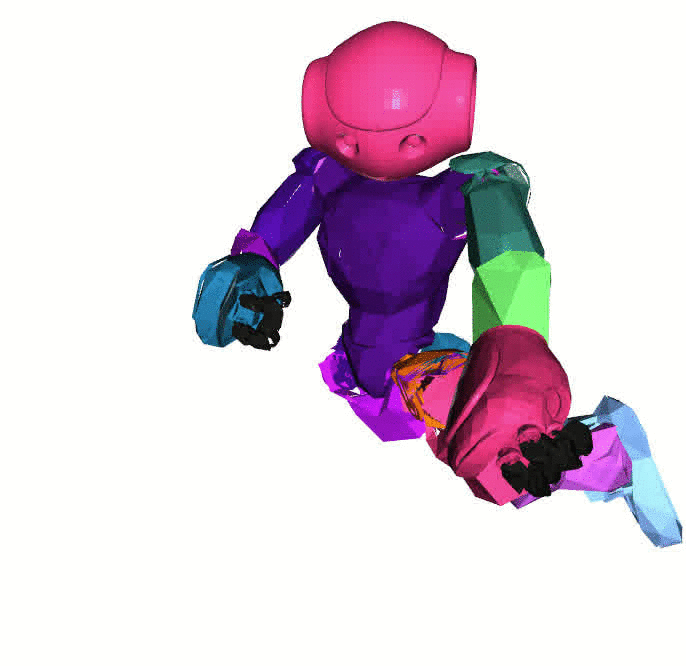
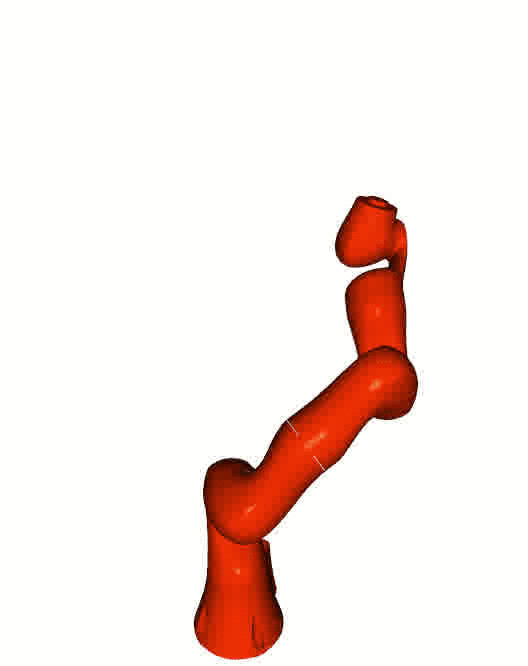
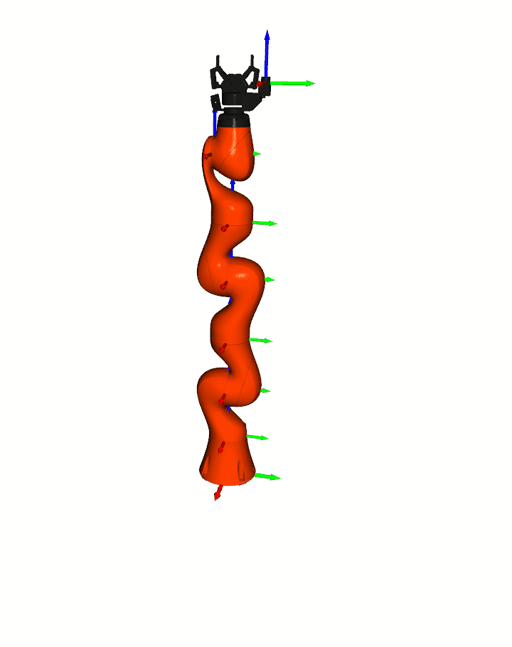
Visualizations based on Open3D.
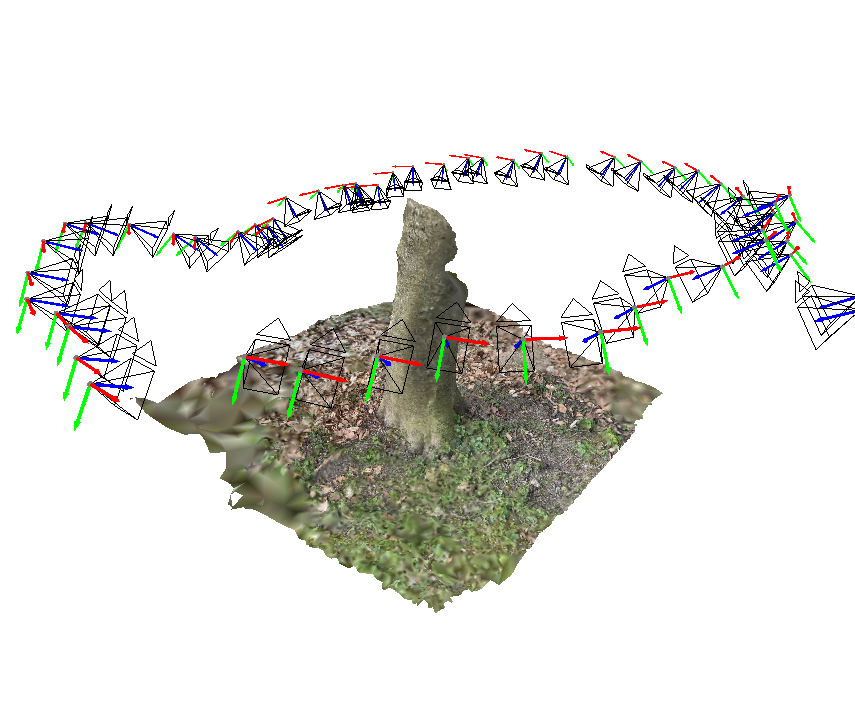
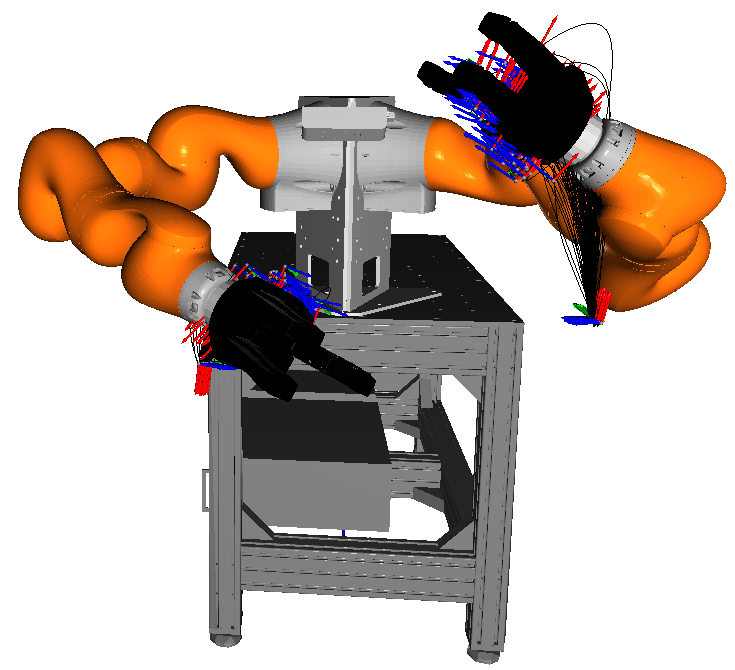
Various plots based on Matplotlib.
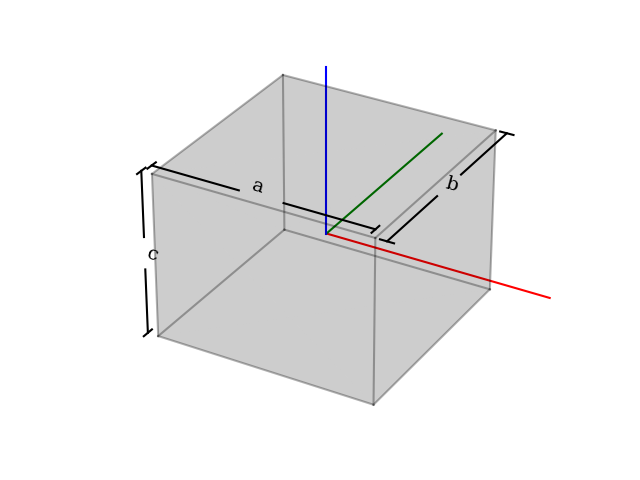
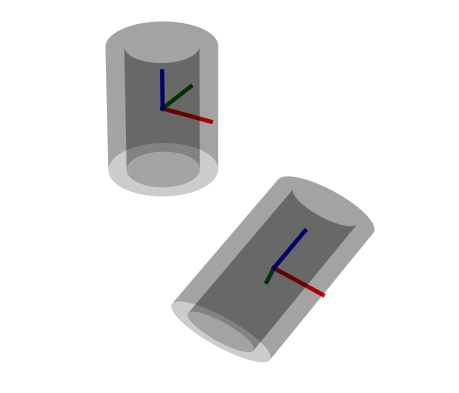
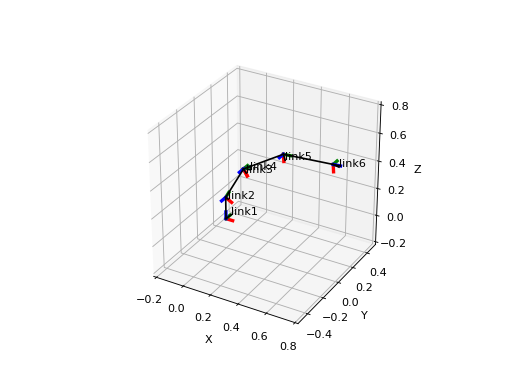
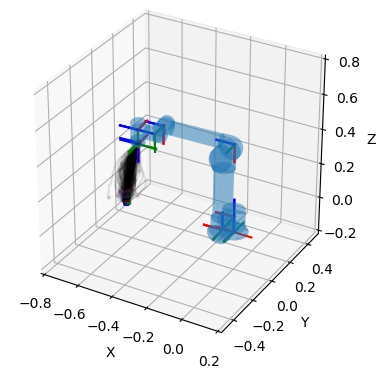
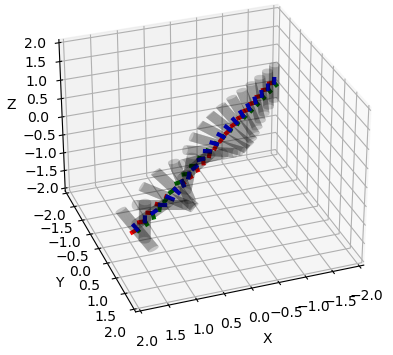
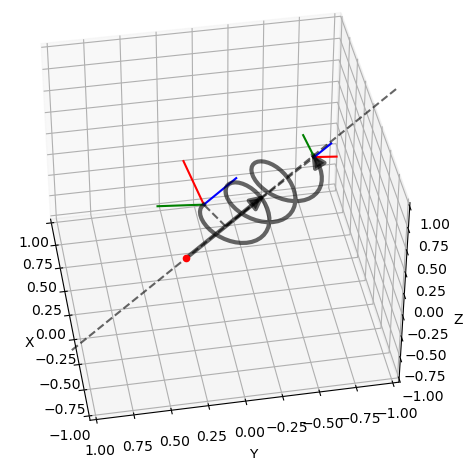
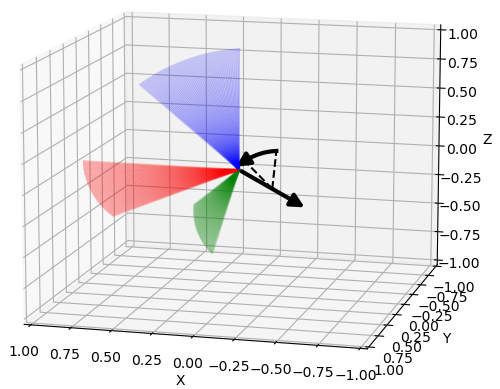
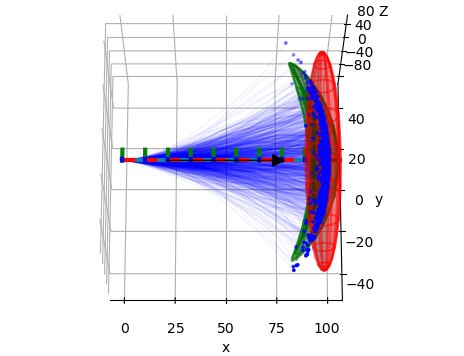
Transformation editor based on Qt.

This is just one simple example. You can find more examples in the subfolderexamples/.
import numpy as npimport matplotlib.pyplot as pltfrom pytransform3d import rotations as prfrom pytransform3d import transformations as ptfrom pytransform3d.transform_manager import TransformManagerrng = np.random.default_rng(0)ee2robot = pt.transform_from_pq(np.hstack((np.array([0.4, -0.3, 0.5]),pr.random_quaternion(rng))))cam2robot = pt.transform_from_pq(np.hstack((np.array([0.0, 0.0, 0.8]), pr.q_id)))object2cam = pt.transform_from(pr.active_matrix_from_intrinsic_euler_xyz(np.array([0.0, 0.0, -0.5])),np.array([0.5, 0.1, 0.1]))tm = TransformManager()tm.add_transform("end-effector", "robot", ee2robot)tm.add_transform("camera", "robot", cam2robot)tm.add_transform("object", "camera", object2cam)ee2object = tm.get_transform("end-effector", "object")ax = tm.plot_frames_in("robot", s=0.1)ax.set_xlim((-0.25, 0.75))ax.set_ylim((-0.5, 0.5))ax.set_zlim((0.0, 1.0))plt.show()

The API documentation can be found
here.
The documentation can be found in the directory doc.
To build the documentation, run e.g. (on linux):
cd docmake html
The HTML documentation is now located at doc/build/html/index.html.
Execute the following command in the main folder of the repository
to install the dependencies:
pip install -e '.[doc]'
You can use pytest to run the tests of this project in the root directory:
pytest
A coverage report will be located at htmlcov/index.html.
Note that you have to install pytest to run the tests and pytest-cov to
obtain the code coverage report.
If you wish to report bugs, please use the
issue tracker at
Github. If you would like to contribute to pytransform3d, just open an issue
or a pull request.
The target branch for pull requests is the develop branch.
The development branch will be merged to main for new releases.
If you have questions about the software, you should ask them in the
discussion section.
The recommended workflow to add a new feature, add documentation, or fix a bug
is the following:
feature/x, doc/y, or fix/z) of yourNote that there is a
checklist
for new features.
It is forbidden to directly push to the main branch. Each new version
has its own development branch from which a pull request will be opened to the
main branch. Only the maintainer of the software is allowed to merge a
development branch to the main branch.
The library is distributed under the
3-Clause BSD license.
If you use pytransform3d for a scientific publication, I would appreciate
citation of the following paper:
Fabisch, A. (2019). pytransform3d: 3D Transformations for Python.
Journal of Open Source Software, 4(33), 1159,
Bibtex entry:
@article{Fabisch2019,doi = {10.21105/joss.01159},url = {https://doi.org/10.21105/joss.01159},year = {2019},publisher = {The Open Journal},volume = {4},number = {33},pages = {1159},author = {Alexander Fabisch},title = {pytransform3d: 3D Transformations for Python},journal = {Journal of Open Source Software}}